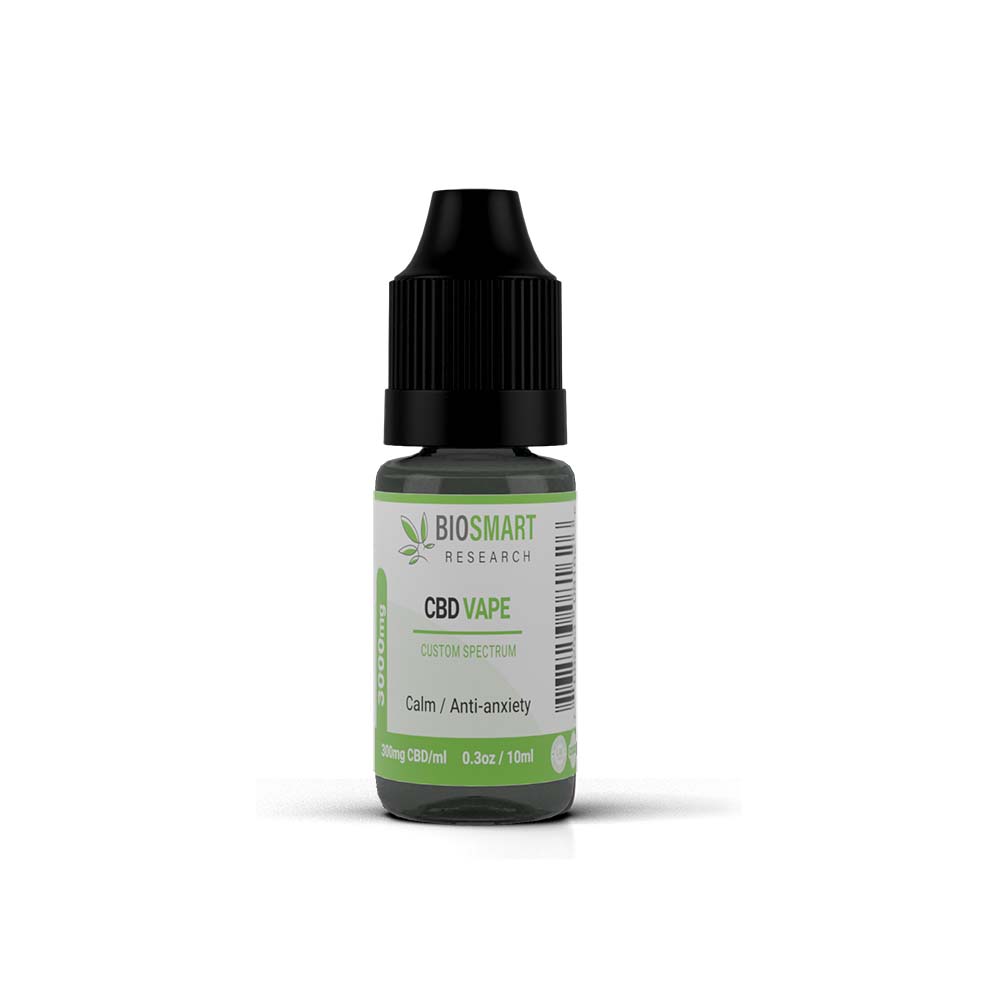HPLC Extraction
BioSmart uses high-pressure Liquid Chromatography (HPLC). High-performance liquid chromatography is a technique in analytical chemistry used to separate, identify, and quantify each component in a mixture.
HPLC works on the principle that some molecules take longer than others to pass through a chromatography column. This depends on the affinity of the molecule with the mobile phase (liquid or gas) and the stationary phase (solid or liquid). The molecules that have more affinity with the stationary phase take longer to pass through and vice versa.
There are different types of columns to separate molecules by different criteria.
There are several types of columns. There are molecular exclusion columns that separate molecules by weight. These columns use tiny beads with canals in them, this causes small molecules to take a longer route and therefore take longer to pass through; normal-phase liquid chromatography columns (NPLC) separate molecules depending on their polarity. These columns are made out of silica with polar functional groups covalently attached. Polar molecules take longer to pass through these columns because they are attracted to it through dipole-dipole interactions; Reverse phase chromatography columns (RPLC) do the opposite of NPLC columns, they’re made of silica with non-polar groups equivalently attached. Here, non-polar molecules stay behind interacting with the stationary phase through Van Der Waals forces and the hydrophobic effect and take longer to pass through; Ionic exchange columns separate molecules by charge. In these columns molecules with formal charges take longer to pass through by electrostatic interactions.
Different columns are used and applied to extract and separate individual molecules based upon the nature of the molecules to be separated, the economics/costs of production, and the efficiency and purity of the extraction.
Every full-spectrum oil is different. Every plant, depending on the field that it comes from displays different percentages of cannabinoids. What brand works today may not work tomorrow. Here is a profile for a particular product manufactured by a well-known nutraceutical company.
As you can see, there is a substantial amount of THC in full-spectrum distillates. Most products are just diluted full-spectrum distillates that comply with the regulatory limitations to be legal. The .03% or less won’t get you high, but the amount of available CBD in the product is far less than what’s required to create a therapeutic level of the active ingredient – CBD.






